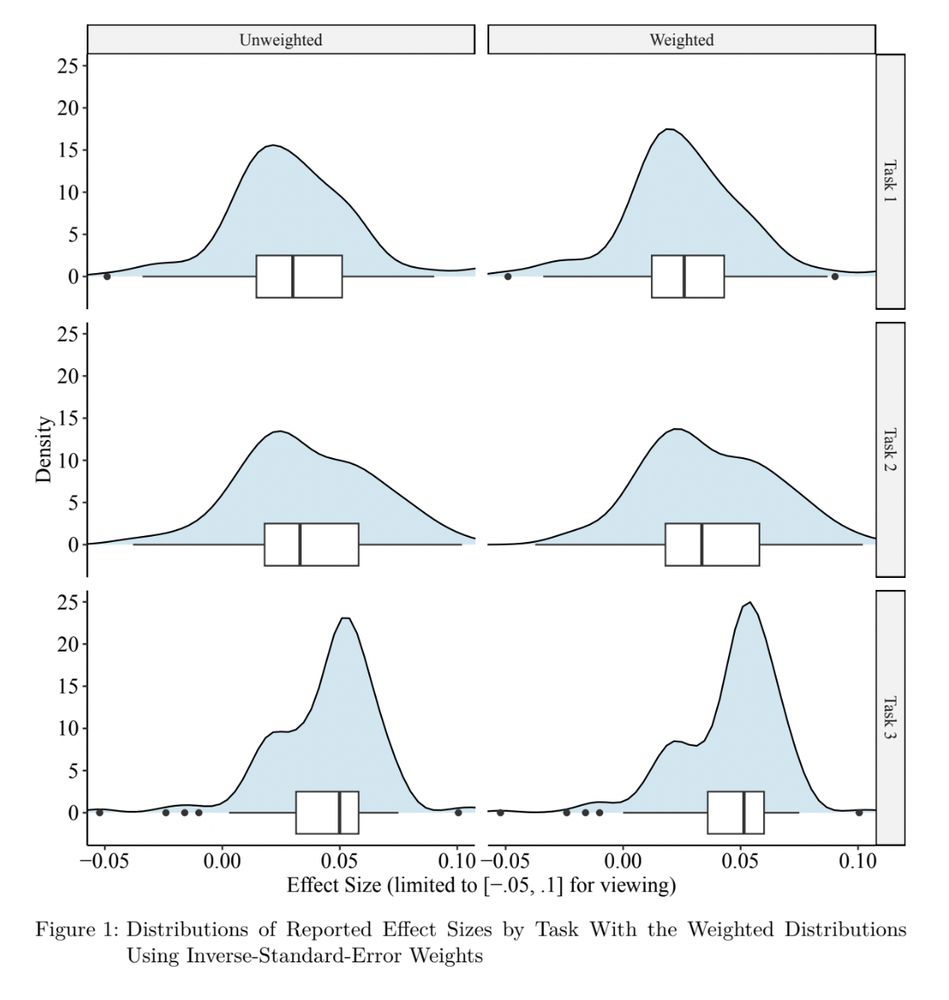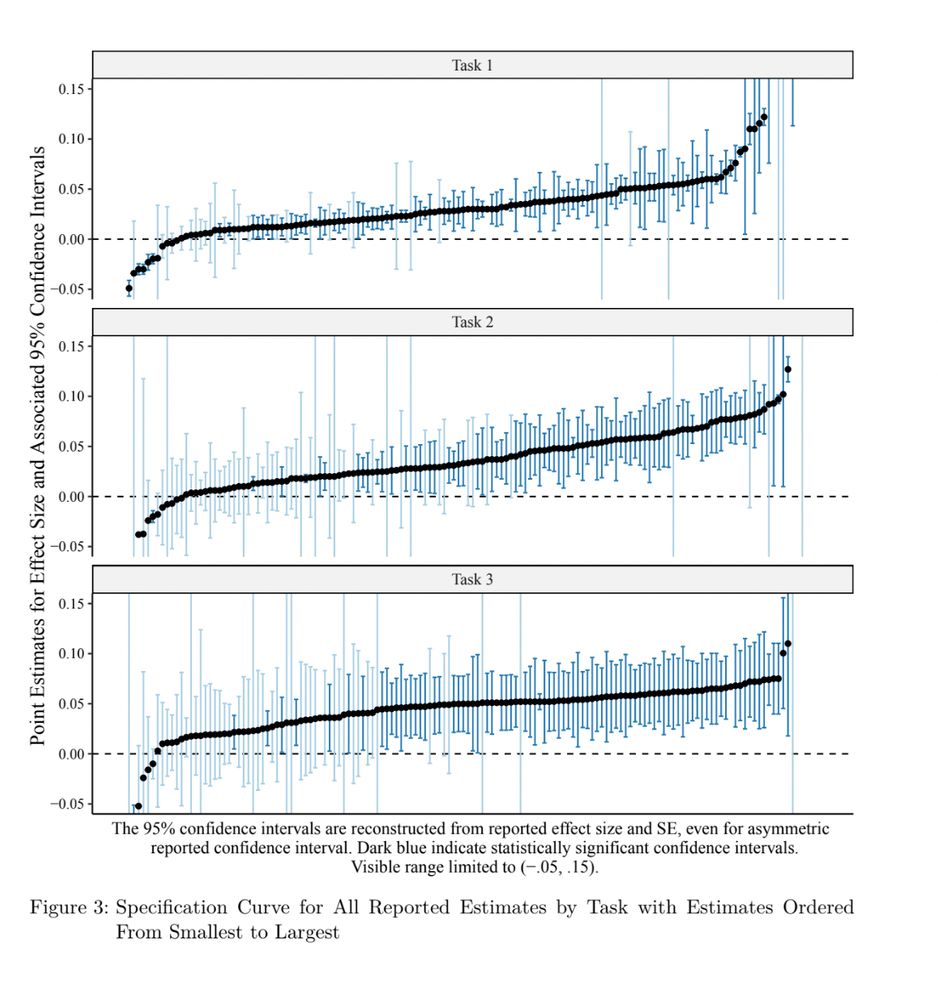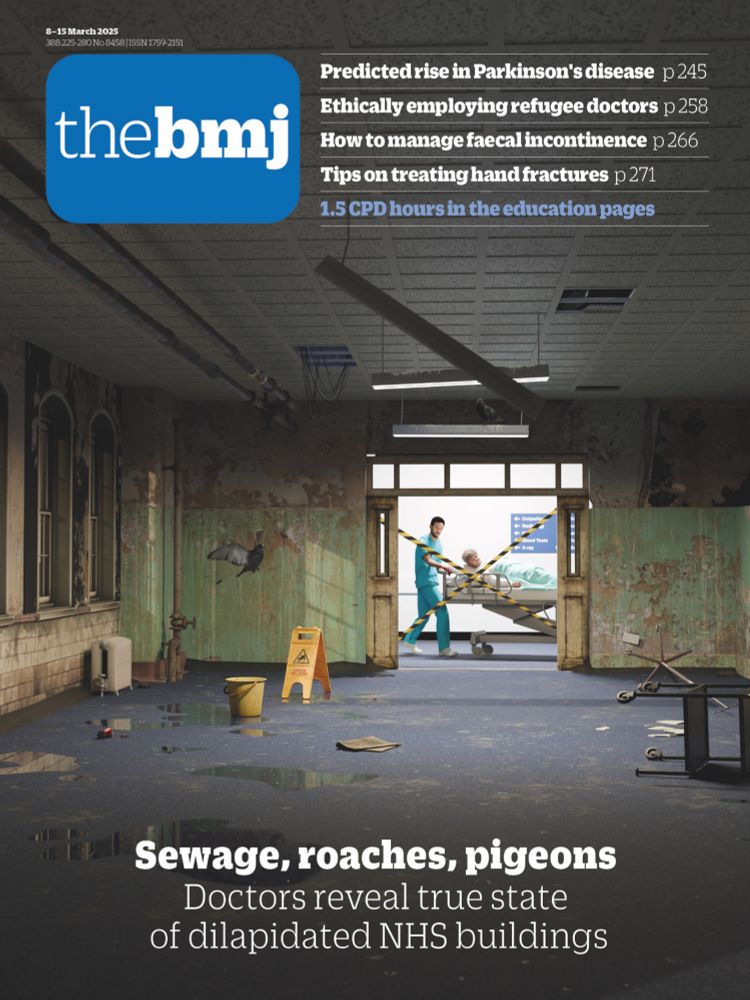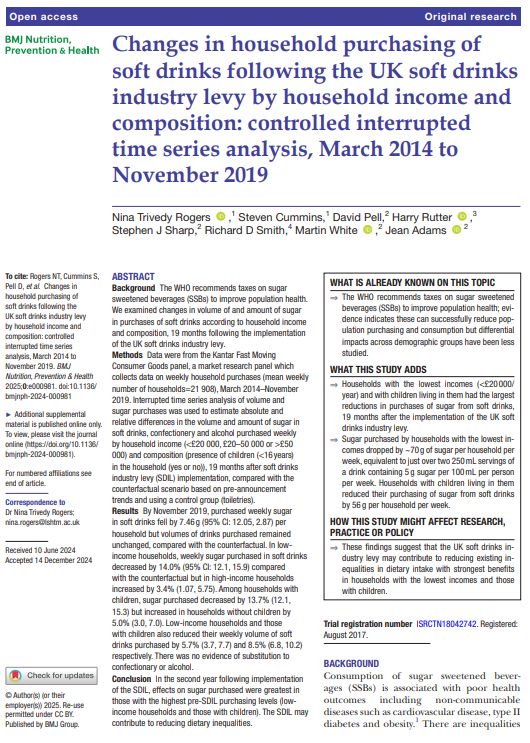Richard Patterson
@richpatter.bsky.social
26 followers
49 following
16 posts
Public health scientist.
Posts
Media
Videos
Starter Packs
Reposted by Richard Patterson
Reposted by Richard Patterson
Reposted by Richard Patterson
Reposted by Richard Patterson
David Ogilvie
@dbogilvie.bsky.social
· May 14
Reposted by Richard Patterson
Reposted by Richard Patterson
Jack Birch
@jackmbirch.bsky.social
· Apr 29
Richard Patterson
@richpatter.bsky.social
· Mar 14
Richard Patterson
@richpatter.bsky.social
· Mar 13
Richard Patterson
@richpatter.bsky.social
· Mar 13
Reposted by Richard Patterson
Jody Hoenink
@jhoenink.bsky.social
· Mar 11

Physical and online food outlet availability and its influence on out-of-home dietary behaviours in Great Britain: A repeated cross-sectional study
As online food delivery service (OFDS) platforms gain popularity, understanding their impact on diet alongside physical food outlets is important for …
www.sciencedirect.com
Richard Patterson
@richpatter.bsky.social
· Feb 10
Richard Patterson
@richpatter.bsky.social
· Feb 10
Richard Patterson
@richpatter.bsky.social
· Feb 10
Reposted by Richard Patterson
Richard Patterson
@richpatter.bsky.social
· Jan 21









